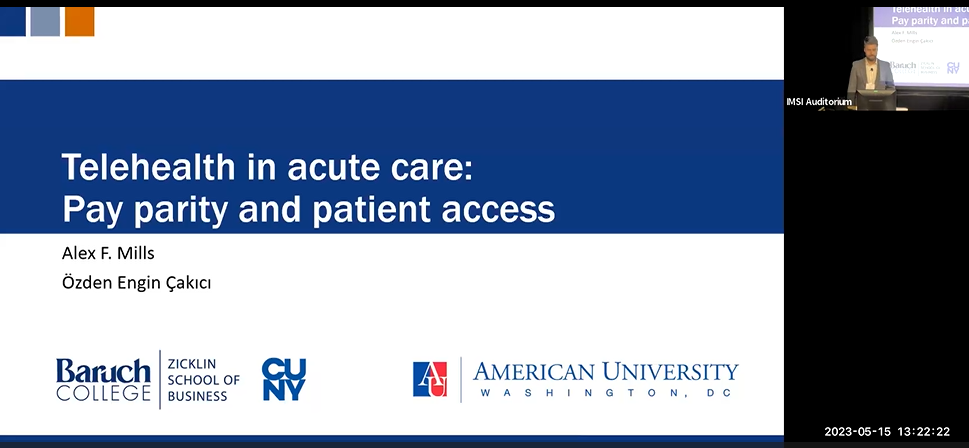Abstract
In response to the increased use of telehealth to replace traditional office visits with a physician, several US states and Medicare have adopted or proposed telehealth pay parity policies. These policies state that payers must reimburse healthcare providers for telehealth services at the same rate that would apply if those services had been provided in a traditional office setting. But health policy researchers have pointed out that telehealth may not always be a perfect substitute a traditional office visit for acute care. Specifically, for acute care patients, telehealth is associated with increased duplicate visits, compared to a traditional office visit. We examine whether telehealth pay parity policies may in fact be counterproductive at improving access to acute care, and under what conditions.
We use a three-stage equilibrium queueing model to assess the impact of telehealth reimbursement policy on patient access to acute care. In the first stage, the payer sets a reimbursement policy for telehealth visits. In the second stage, a healthcare provider commits a portion of its capacity to telehealth. In the third stage, patients choose between telehealth and office visits according to an equilibrium queueing network. We find structural results for the equilibria under both homogeneous and heterogeneous illness types, and we fully characterize the equilibria in closed-form for homogeneous patients. When the chance of a duplicate visit is moderate (neither too high nor too low), pay parity incentivizes providers to allocate too much capacity to telehealth, resulting in lower overall patient access than could be otherwise achieved. We characterize a reimbursement level that avoids this misalignment and maximizes patient access, which we show is less than parity. On the other hand, we show that when the provider can influence duplicate visits, telehealth pay parity does not incentivize them to increase the duplicate visit rate.
We emphasize the use of queueing theory to understand the impact of capacity decisions and reimbursement policies, which leads to richer insights compared to simpler economic utility models that do not consider congestion effects.
